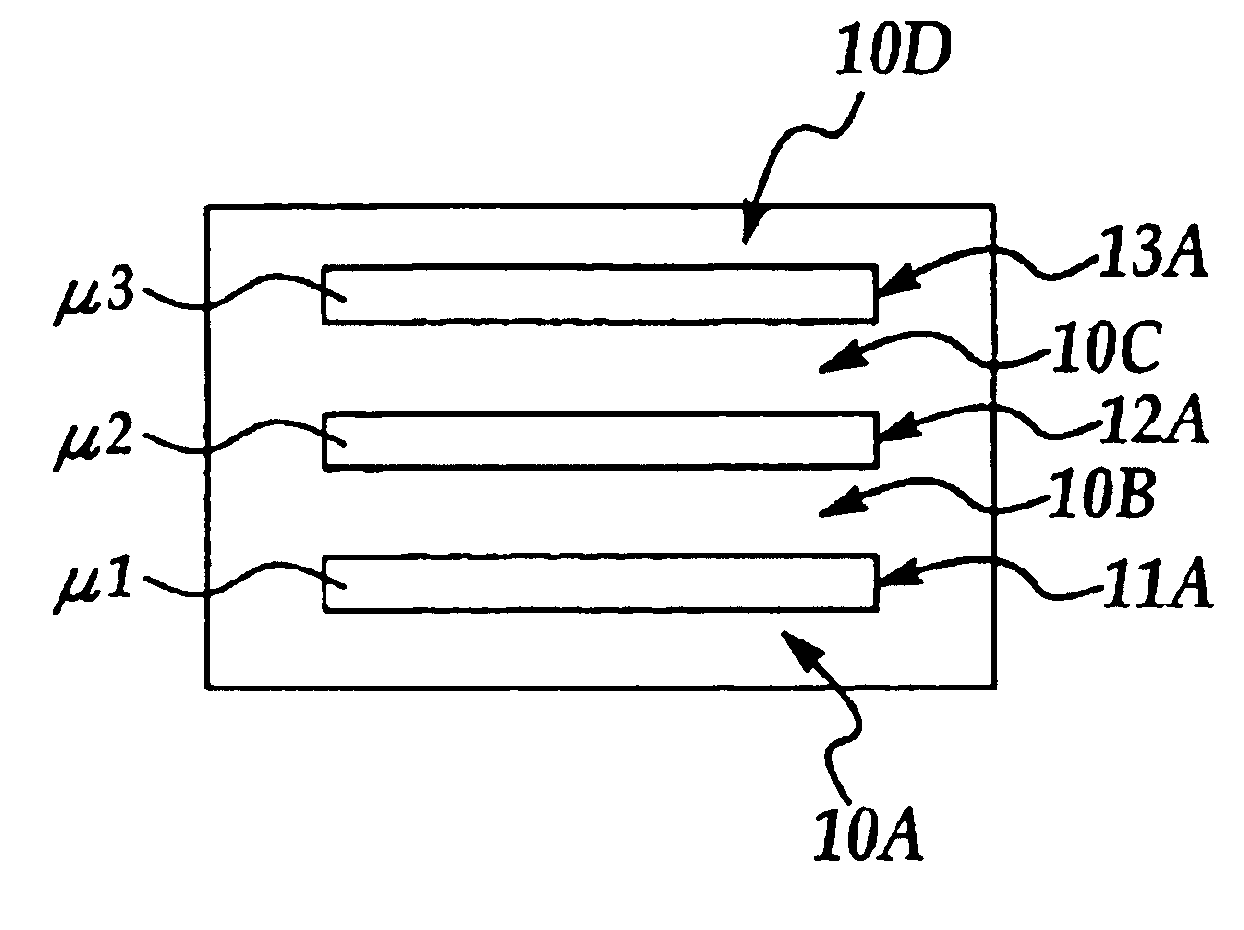Method for preventing low-k dielectric layer cracking in multi-layered dual damascene metallization layers
a dual damascene and dielectric layer technology, applied in the direction of semiconductor/solid-state device manufacturing, basic electric elements, electric apparatus, etc., can solve the problems of difficult interconnection technology, increased rc time constant effect on signal delay, and easy diffusion of copper through silicon dioxide or silicon dioxide based materials, so as to improve crack initiation and propagation resistance
- Summary
- Abstract
- Description
- Claims
- Application Information
AI Technical Summary
Benefits of technology
Problems solved by technology
Method used
Image
Examples
Embodiment Construction
Although the method of the present invention is explained by exemplary reference the formation of a dual damascene structure according to a via-first method of formation in a multi-level semiconductor device it will be appreciated that the method of the present invention is equally applicable to other methods of dual or single damascene structure formation including other metal filled anisotropically etched openings. While the method of the present invention is particularly advantageously implemented with respect to copper filled dual damascene structures, it will be appreciated that the method may be adapted for use with other metals, for example tungsten, aluminum, and copper or alloys thereof in a multi-layered semiconductor device to improve an adhesion / barrier layer adhesion strength thereby preventing stress induced crack initiation and propagation through a dielectric insulating layer. For example, although the method of the present invention is particularly advantageously im...
PUM
| Property | Measurement | Unit |
|---|---|---|
| self-bias voltage | aaaaa | aaaaa |
| temperature | aaaaa | aaaaa |
| voltage | aaaaa | aaaaa |
Abstract
Description
Claims
Application Information
 Login to View More
Login to View More - R&D
- Intellectual Property
- Life Sciences
- Materials
- Tech Scout
- Unparalleled Data Quality
- Higher Quality Content
- 60% Fewer Hallucinations
Browse by: Latest US Patents, China's latest patents, Technical Efficacy Thesaurus, Application Domain, Technology Topic, Popular Technical Reports.
© 2025 PatSnap. All rights reserved.Legal|Privacy policy|Modern Slavery Act Transparency Statement|Sitemap|About US| Contact US: help@patsnap.com



